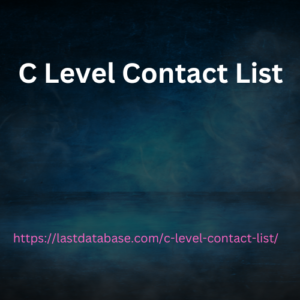|
|
So the higher or closer to , the more confident the tool is that the piece of content is about this thing. Really, really good. Meaning it's there, but they're not sure how relevant it is. A good example of how saliency and entities work I have an example here, this is not taken from real content these numbers are made up, this is just an example If you have a chocolate chip cookie recipe, you will want chocolate chip cookies Cookies or chocolate chip cookie recipes, chocolate chip cookies, things like that are the first entity, the most salient entity, and you would want it to have a pretty high salience score.
You’ll want the tool to feel very confident, and yes, that’s what this piece of content is about. But C Level Contact List and how important they are to the topic. So you can see something like, if you had a chocolate chip cookie recipe, you would expect to see things like cookies, butter, sugar, , which is the temperature at which you heat the oven, all the different things that come together to form a cookie . Chocolate chip cookie recipe. But I think it's very, very important for us to understand that prominence is the future of relevant keywords. We've gone beyond optimizing chocolate chip cookie recipes.

We're also looking for things like chocolate recipes, chocolate chips, chocolate chip cookie recipes. Stems, variations, , these are all older ways of understanding what content is about.Instead, what we need to understand is that Google leverages its vast body of knowledge, using things like that, using large parts of the internet, where Google sees these entities appearing at the same time at a rate that they think is reasonable to have confidence in an entity Does a piece of content contain these other entities in order to be salient to that entity.
|
|